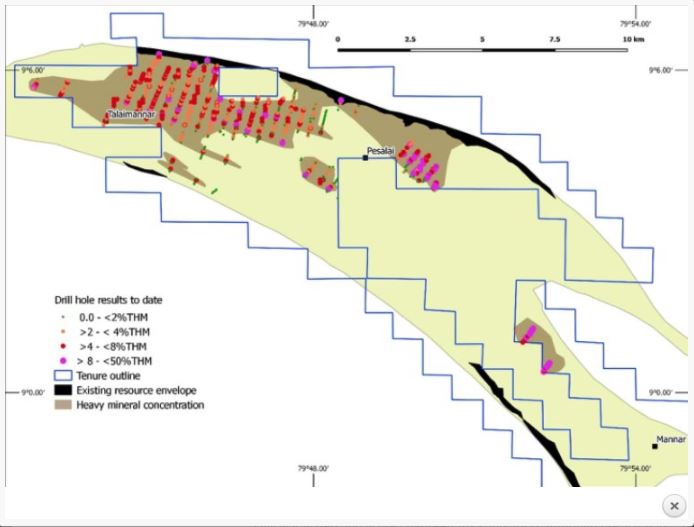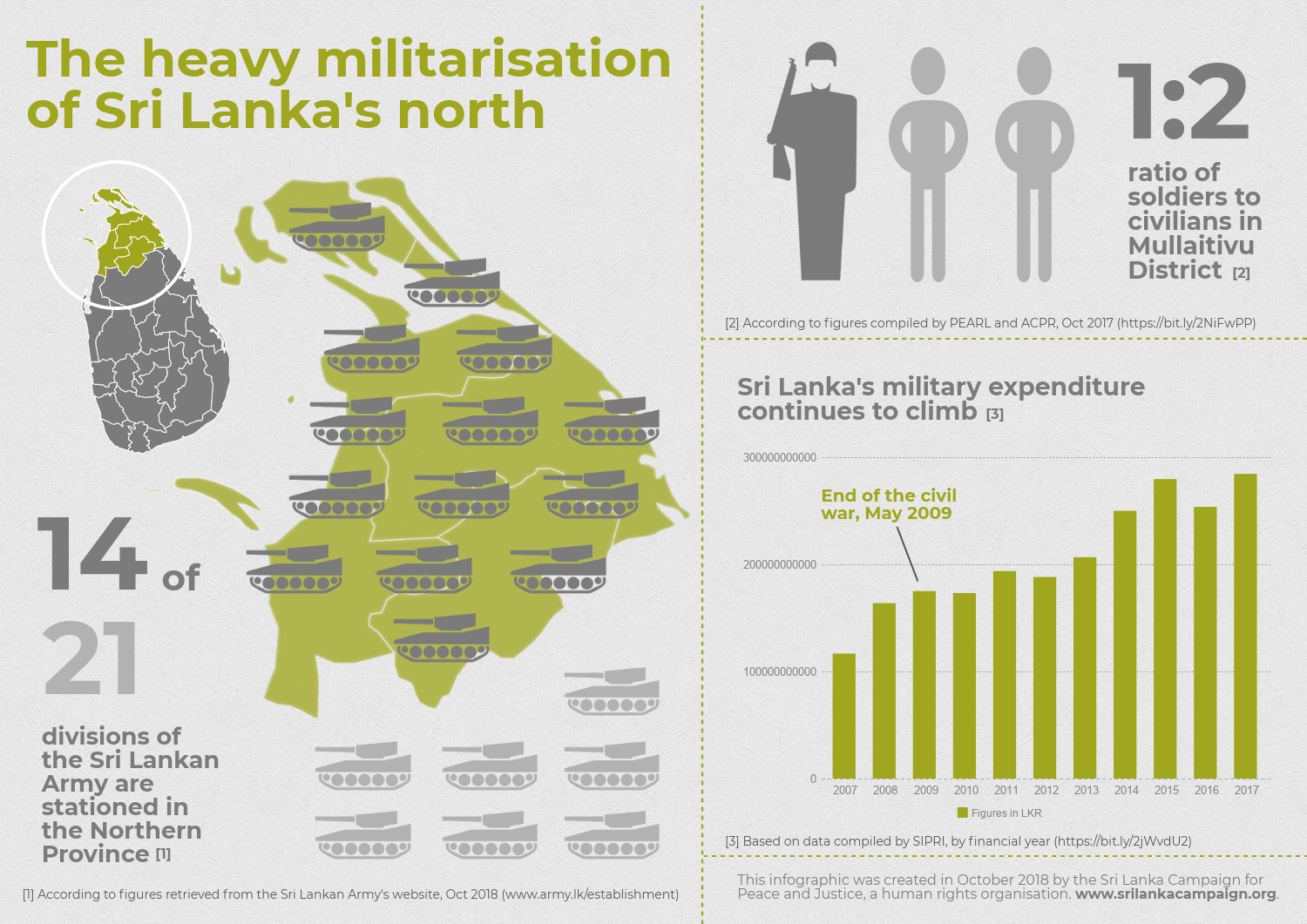.jpg) Photo of Adam Bridge, Mannar
Photo of Adam Bridge, Mannar
Environmentalist express concern over the planned tripling of exploratory drilling done by Australian drilling company, Titanium Sands Ltd, in Mannar, which was announced in May of this year.
Daniel Franks, program leader of the development minerals strategic program at the University of Queensland, warns that such drilling could “dramatically transform the ecosystem”. Frank warns that it would “limit the land uses that the community already has for the islands” and that mining could impact groundwater in the region.
Access to groundwater is a concern raised by human rights activist Shreen Abdul Saroor, who notes that “Mannar gets the smallest amount of the rain in the whole of Sri Lanka. So we totally depend on groundwater”. It should be noted that this year, heavy rain in the North-East caused severe flooding and extensive damage to homes across Mannar. Low lying villages such as Santhipuram, Jeevapuram, Jimron Nagar, Emil Nagar and Ezhuthur in Mannar were flooded and homes were severely damaged due to the lack of efficient drainage systems.
These floods were are an exceptional seasonal occurrence which was brought about due to extreme weather and were insufficient in replenishing groundwater levels.
Whilst access to groundwater is a concern, Franks maintains that the “bigger impact is just the surface disturbance that's going to happen across the island". Whilst the company has denied that it will be conducting operations near the beaches, Franks notes that a scoping study published in June revealed that the size of planned mining was extensive and including areas a few meters from the beach.

The location of exploratory drilling done on Mannar in 2016 -2017, showing some of the mineral reserves (shaded brown). (Supplied: Titanium Sands)
In July of this year, Sri Lanka’s cabinet approved a proposal to investigated “unauthorised” mineral exploration conducted by Titanium Sands in Mannar. Whilst the reports have yet to be published, the company has maintained that they “are in total compliance with the Sri Lankan regulations”.
Military occupation of Mannar
Since the end of the armed conflict, there has been a steady militarisation of the North-East with Sri Lanka’s occupying vast swathes of land which have been used for industries such as tourism and agriculture, whilst denying the original inhabitants their land.

In October 2018, Sri Lanka Campaign for Peace and Justice reported that 14 of 21 divisions of Sri Lanka’s Army were stationed in the Northern Province and in areas such as Mullaitivu, there was one soldier for every two civilians.
In that same period, it was reported that Sri Lanka’s security forces and government-controlled a total of 32,855 acres of land in Mannar alone. The government has been reluctant to release land to its original owners, and when it has as in April 2017, inhabitants have reported receiving threats from Sri Lanka’s Navy; of the military dumping trash on released land; and of the land lacking basic facilities.
In May 2019, resident in Mullikulam reported that two years after being resettled they lacked basic facilities such as drinking water, sanitation, and electricity. They also stated that they did not have proper shelter and were at the mercy of wild elephant attacks.
In contrast, Sri Lankan Navy personal were reported to be living in luxury houses build on civilian property.


